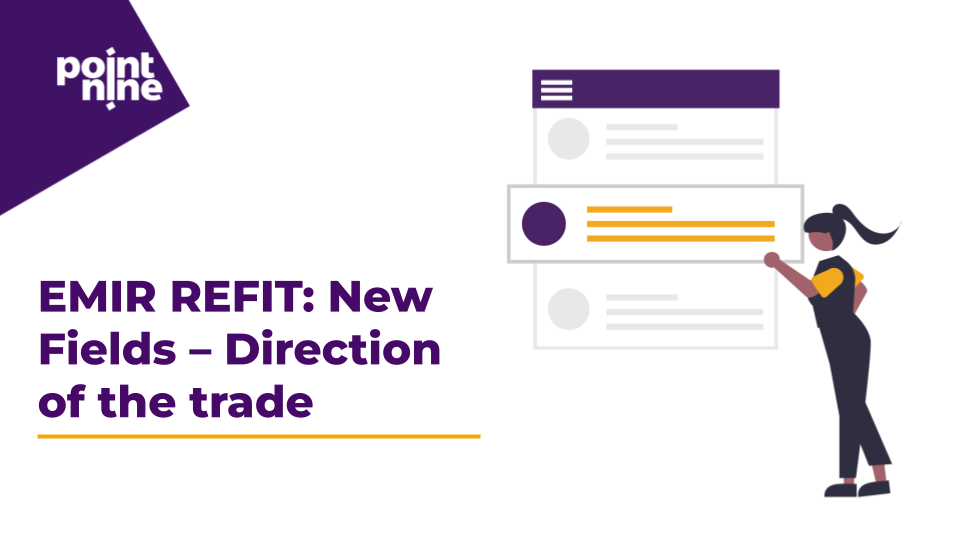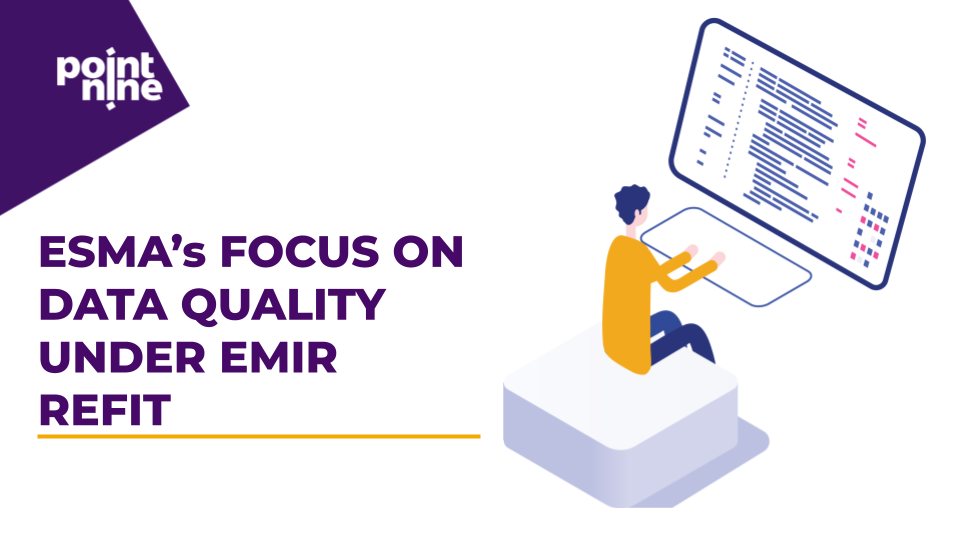The European financial market has been through significant regulatory changes in the last decade—namely the enactment of Markets in Financial Instruments Directive (MiFID) and the European Market Infrastructure Regulation (EMIR). The goal of these new laws and regulations is to help rebuild and maintain an efficient and stable financial system in Europe.
However, many financial experts have conducted research on the impacts of MiFID II and EMIR on the European financial market. Research has shown that trade reforms introduce barriers that hinder economic growth rather than enable it. Of course, this varies across countries, but this has proven true in the European financial market specifically.
As a result, the European Commission has gone to great lengths to implement trade reform, particularly surrounding post-trade services with MiFID II and EMIR.
In this article, we will explain what MiFID and EMIR are; the differences between the two; and what they mean for companies, corporations, firms, and trade repositories.
What is EMIR?
EMIR is a European law that was proposed and implemented in order to increase supervision, improve visibility and transparency, and reduce overall reporting risks associated with the derivatives market. The introduction and enactment of EMIR applies to all companies, investment firms, banks, and trade repositories within the European derivatives market.
EMIR focuses on three primary objectives: reporting, clearing, and risk mitigation. However, the scope of MiFID II is limited to OTC derivatives. The clearing obligation under EMIR also applies to FCs and NFCs both of which need to clear OTC derivative trades through an authorized CCP.
According to Article 9 of EMIR, the primary objectives of EMIR include the following:
- Increased safety and transparency via regulated execution and reporting to Trade Repositories
- Reduced counterparty credit risk via risk mitigation standards for contracts not cleared
- Mitigate operational risks via the use of electronic means for timely confirmation
What Does EMIR Mean for Companies and Firms?
Companies, investment firms, banks, and counterparties are now required to submit reports to their assigned, respective trade repositories for regulation. These reports must include any and all information related to exchange-traded derivatives, OTC derivative trades, intragroup trades, and contract-related transactions.
The following firms and organisations are now required to submit reports:
- Financial counterparties (FCs)
- Non-financial counterparties (NFCs)
- TCEs
The reporting party may be the counterparty to the trade, or a third-party (such as a CCP or trading platform).
The only exemptions to the EMIR reporting requirements are BIS, ESCB members, and other entities involved in managing public debt and intragroup transactions.
How Does EMIR Work?
Again, according to Article 9 of EMIR, all derivative contracts related to post-trade transactions must be reported to a trade repository registered and authorised by ESMA. The good news is that reporting can be done by counterparties or a third-party vendor or platform, which provides companies and firms with a resource to aid in the reporting process.
To illustrate how a company or firm would follow the new EMIR reporting requirements, when an investment firm enters into a derivative contract, this then leads to two possible reporting options:
1) The investment firm is the counterparty to the trade; thus, the counterparty would be required to submit an EMIR report.
2) The investment firm is not the counterparty to the trade. In this case, the investment bank acts on the account of and on behalf of the client to execute the trade; therefore, the firm is not expected to submit a report under EMIR.
What is MiFID?
Now that you understand more about what EMIR is, how it works, and what it means for companies and firms, what is MiFID? How is it different from EMIR?
The goals of MiFID are similar to EMIR. MiFID is another regulation that was enacted in 2007 to help increase the transparency across the financial markets across the European Union as well as standardize the regulatory disclosures required for particular markets. Similar to EMIR, the scope of MiFID is focused on OTC transactions.
Even though MiFID was put into force a year before the financial crises of 2008, many changes have been made since then as a result, such as MiFID II. The goal of MiFID II is to offer greater protection for investors and inject more transparency into all asset classes: from equities to fixed income, exchange-traded funds, and foreign exchange.
Even though MiFID went into force in 2007, MiFID II wasn’t enacted until January 3rd, 2018. It took almost a decade to review and audit the existing requirements of MiFID, propose and finalise MiFID II, and get it approved by the European Commission as well as other European institutions before its official launch in 2018.
How Does MiFID II Work?
Again, similar to EMIR, the goal of MiFID II is to ensure fairer, safer, and more efficient markets and facilitate greater transparency for all participants within those markets. This would be carried out through stricter and more rigorous and thorough reporting requirements for investment firms and counterparties.
The primary objectives of MiFID II include the following:
- Increased pricing transparency for off-exchange markets
- Volume caps for equity “dark pools”
- Splitting payments for trading commissions
- Stricter standards for investment products to help protect investors
How is MiFID II Different from EMIR?
So, how is MiFID II different from EMIR? Although the goals between the two are similar, the reporting requirements differ. Therefore, it’s important for investment firms, banks, and companies to carefully review the reporting requirements of each to ensure compliance.
As we mentioned briefly above, most firms and organisations are permitted to work with third-party vendors to aid companies in auditing and establishing new processes, operations, and standards that comply with reporting requirements as well as to help submit accurate reports to trade repositories.
What Does This Mean for Companies and Firms?
All in all, it is true that both EMIR and MiFID II pose numerous challenges to investment firms, banks, and companies. Many of the challenge areas included having the proper IT infrastructure, data reporting resources and processes, as well as a number of financial and legal issues.
As a result, in order to comply with MiFID II and EMIR, many companies and firms have been forced to completely overhaul their existing processes, adopt new technology and software, and partner with third-party vendors to help them become more transparent and efficient organisations.





